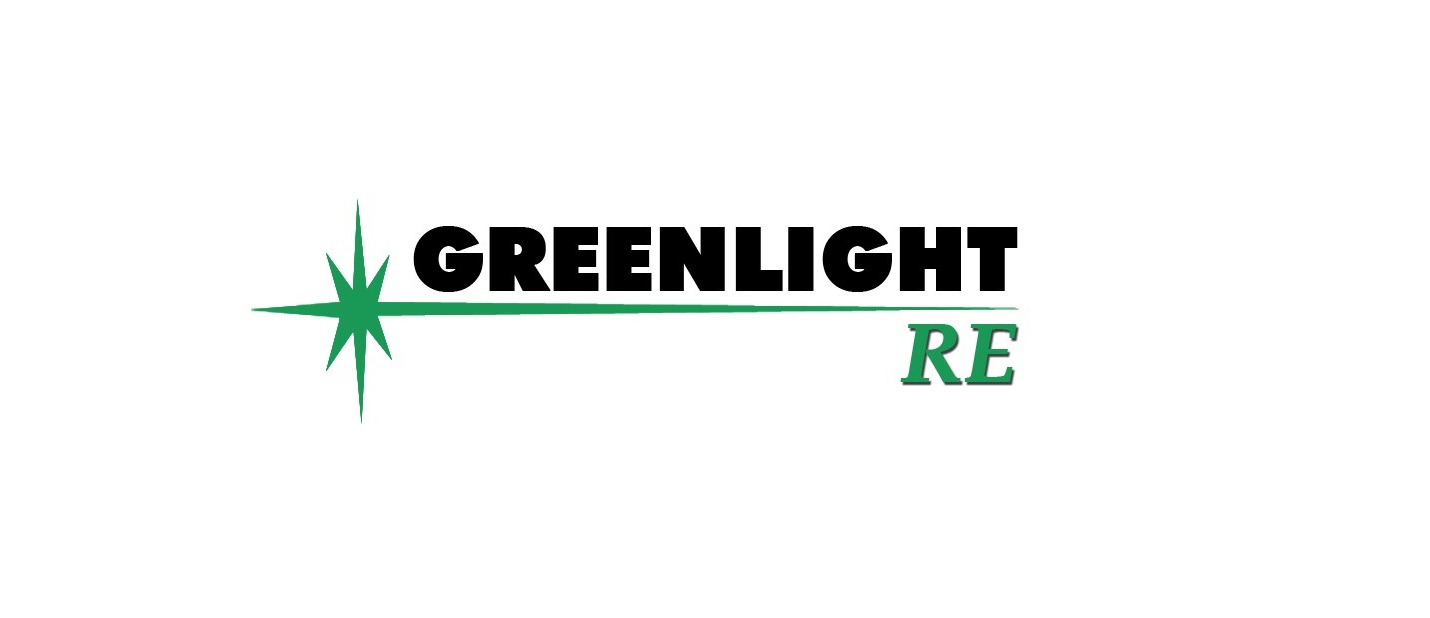
Greenlight Capital Re, Ltd. (NASDAQ:GLRE) operates in the highly competitive reinsurance industry, providing crucial risk management services to other insurance companies.
The company’s Return on Invested Capital (ROIC) of 7.914% slightly exceeds its Weighted Average Cost of Capital (WACC) of 7.898%, indicating marginal profitability.
Compared to peers like AMERISAFE, Inc. (NASDAQ:AMSF) with a higher ROIC/WACC ratio, GLRE shows mixed performance but maintains a positive ratio, highlighting its effective capital use in a competitive market.
Greenlight Capital Re, Ltd. (NASDAQ:GLRE) operates in the reinsurance industry, a sector known for its competitive nature and the importance of financial metrics in evaluating company performance. Reinsurance companies like GLRE provide insurance to other insurance companies, helping them manage risk. This industry includes several key players, and understanding how GLRE stands in comparison to its peers is crucial for investors.
The Return on Invested Capital (ROIC) of 7.914% and the Weighted Average Cost of Capital (WACC) of 7.898% are two important financial metrics used to assess a company’s efficiency and profitability. GLRE’s ROIC compared to its WACC results in a ROIC/WACC ratio of 1.002. This indicates that GLRE is just marginally generating returns above its cost of capital. In simple terms, the company is making a slight profit on the money it invests after accounting for the costs associated with raising that capital.
When comparing GLRE to its peers, it’s evident that the company’s performance is mixed. For instance, AMERISAFE, Inc. (NASDAQ:AMSF) boasts the highest ROIC/WACC ratio of 3.809 among the peers, showcasing its superior efficiency in generating returns relative to its cost of capital. On the other hand, Hallmark Financial Services, Inc. (NASDAQ:HALL) has a negative ROIC, indicating it’s losing money on its investments relative to the cost of its capital.
This peer analysis highlights the competitive landscape in which GLRE operates. While GLRE’s performance is not at the top of its peer group, it still maintains a positive ROIC/WACC ratio, suggesting it is managing to generate returns slightly above its cost of capital. This is a critical aspect for investors to consider, as it reflects the company’s ability to use its capital effectively in a highly competitive market.

